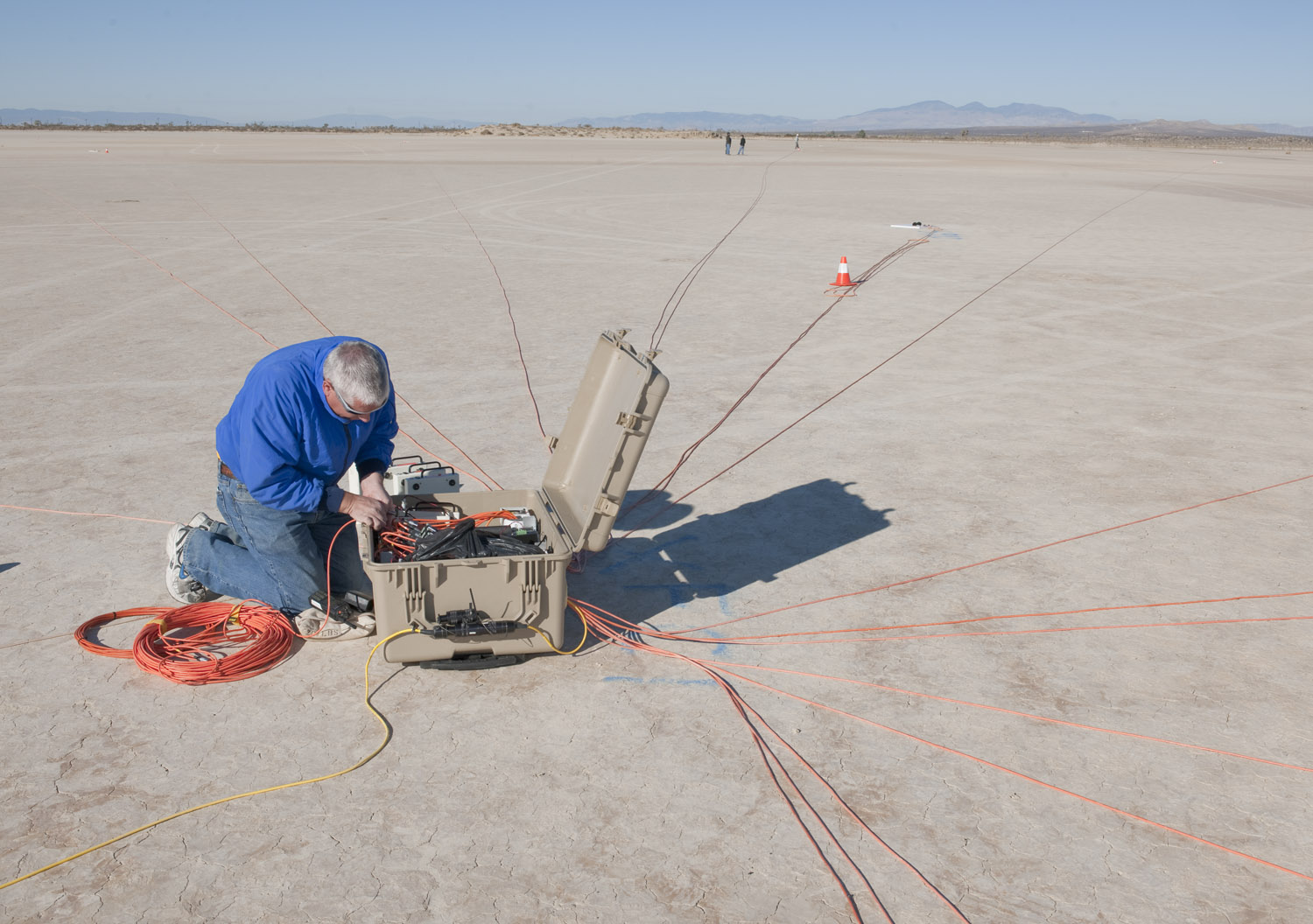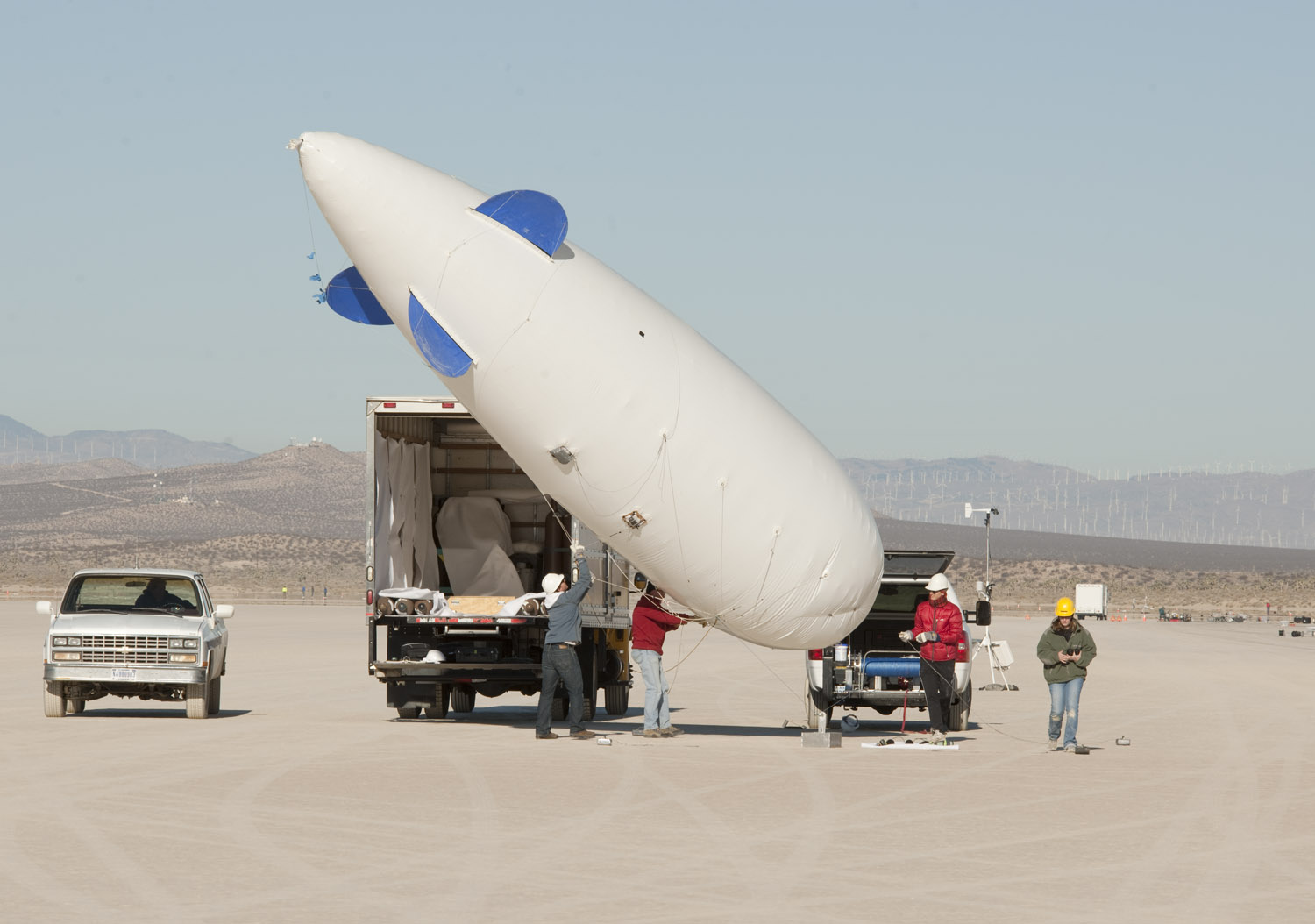
Sonic booms created by aircraft flying faster than the speed of sound certainly aren’t known for being faint, but rather for their loud, make-you-jump startle effect for those who experience them. However, sonic booms have a quieter, fainter side, too.
NASA’s Supersonics Project is embarking on its latest effort to characterize or define that fainter side of sonic booms as a NASA F/A-18 aircraft takes to the air in a project called Farfield Investigation of No Boom Threshold, or FaINT.
As the latest in a continuing progression of NASA supersonics research projects aimed at reducing sonic boom levels, FaINT is designed to enable engineers to better understand evanescent waves, an acoustic phenomenon that occurs at the very edges or just outside of the normal sonic boom envelope.

For an aircraft flying at a supersonic speed of about Mach 1.2 or less at an altitude above 35,000 feet, the shockwaves being produced typically do not reach the ground, so no sonic boom is heard. This is because shockwaves from an aircraft flying supersonically at higher altitudes are refracted, or bent upwards, as they enter warmer air closer to the ground, due to the fact that the speed of sound increases with air temperature.
But when sonic booms curve upward they create a series of sonic boom waves that are focused along a line. This line is called a caustic line. The side of the caustic line opposite of the sonic boom waves is called the “shadow side,” where the evanescent waves are generated. This is the area that NASA researchers are studying during the FaINT project to learn more about how to reduce the level of sonic booms.
“It’s exciting to help lead a new area in sonic boom flight research,” said Larry Cliatt, principal investigator for the FaINT flight project at NASA’s Dryden Flight Research Center. “We are investigating supersonic technology and research that is relatively raw in the modern sense. When overland supersonic commercial travel is commonplace, it will be efforts like this that helped get us there.”
The planned evanescent wave flights will occur over Edwards Air Force Base, Calif., where special microphone arrays placed on the southern portion of Rogers Dry Lake will again be the NASA Dryden researcher’s sensor of choice.

For the upcoming FaINT flight project, capturing the fleeting sounds of evanescent waves coming off sonic boom shockwaves will be a challenge. Similar to the shadow the sun creates behind a building, if some light were to still leak around the edges it would not get completely dark, but it would get darker the further you move away from the edge. Certain conditions and refractions create a similar “shadow side” of a sonic boom where evanescent waves are generated, sounding similar to distant thunder. These waves quickly fade and disappear, as supersonic shockwaves act similar to boat wakes on water, decreasing with distance.
Characterizing the effects of both normal and loud sonic booms in order to provide the data necessary for engineers to design future low-boom supersonic aircraft has required an amazing amount of work and tenacity by NASA engineers from the agency’s Dryden and Langley research centers, and industry partners as well.
“The FaINT team has been working hard on the development and design of the FaINT project for the last six months,” said Brett Pauer, FaINT deputy project manager at NASA Dryden. “NASA, along with our seven industry and university partners, are ready to collect data and expand our collective knowledge of sonic boom propagation effects near the shadow side of them,” Pauer said.

Related sonic boom research projects preceding FaINT date back several years. Recent efforts include the Superboom Caustic Analysis and Measurement Program (SCAMP), which produced and measured amped-up, super-loud sonic booms, and the Waveforms and Sonic boom Perception and Response (WSPR) project, which gathered data from a select group of volunteer Edwards Air Force Base residents on their individual perceptions of sonic booms produced by aircraft in supersonic flight over Edwards.
The overarching goal of NASA’s sonic boom reduction research is to shrink the sonic boom “footprint” in order to make commercial supersonic flight over land practical.
This research is funded by NASA’s Aeronautics Research Mission Directorate at NASA Headquarters in Washington, DC.
What Causes a Sonic Boom?
Supersonic-capable aircraft passing Mach 1 produce a loud sound called a sonic boom. Thunder-like sonic booms are caused by air molecules being crowded into shockwaves by an aircraft travelling supersonically. The sonic boom is the “wake” of the plane’s shockwaves combined together, similar to a boat’s wake. Double booms are sometimes produced first by shockwaves from the plane’s nose and then from its tail. Mach 1, also known as the speed of sound, is approximately 740 miles per hour at sea level.
Read About WSPR, Another Low Boom Research Project































